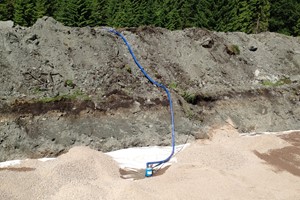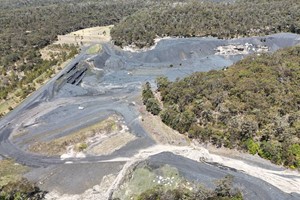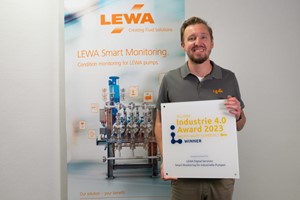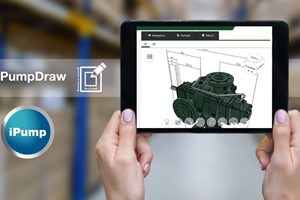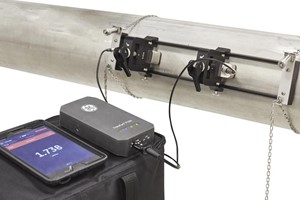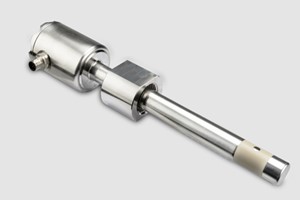Tsurumi, the market leader in dewatering pumps in the construction industry, points out that various aspects speak in favour of two or more small pumps in applications with dirty water. In some cases, one large pump is too much of a good thing. If the distances are short, only one adequate pump is needed. If the distance to be covered exceeds its capacity limit, a second pump can be connected via an adapter. This is called booster operation: the second pump increases the possible total length of the water pipe. Many pump operators do not know that this option exists at all. Moreover, it is relatively easy to realise. Theoretically, the number of pumps that can be operated in series is unlimited. Significant capacity losses are not to be expected. With two identical pumps, the achievable distance performance is roughly doubled. However, the flow rate remains the same. If one wanted to increase this, parallel operation of the pumps is necessary or the use of larger models.
Key factor flexibility
Small pumps connected in series offer the advantage that the individual pumps can be moved more quickly due to their relatively low weight, they are easier to replace and can be better maintained or repaired. There are practical advantages in terms of spare parts logistics and capital requirements, too. Two pumps can be connected directly one after the other. Alternatively, they can be spaced so that, for example, one pump is positioned every 30 metres. Whether the piping is fixed or with flexible hoses is functionally irrelevant. There are also advantages during dismantling. Dewatering with large pumps is particularly interesting because the entire system consists of only a few components. This is attractive, considering the potential problems of an extensive small unit configuration. That comes with the core risk of all complex systems: (Too) many components are involved, they may not be in the best condition, they may not be set up optimally or they simply should not have been combined in the first place.
Space requirements as a bottleneck
However, a solution with a powerful unit like the multi-stage high-pressure pump LH4110W, the manufacturer's top model with a delivery head of 216 m, has to be realised first: such a pump weighs about 1.3 tonnes when dry. Also, the use of these big guys only makes sense if their performance is needed from the very beginning. The reliability of the system must also be taken into account: if the only large pump fails, the entire dewatering system stops. However, this also applies to the chain solution if a link fails - no matter how small. But getting a large pump going is likely to take longer. In some cases, however, the question does not even arise. If sheer performance with high throughput is required, for example in open-cast mining, there are hardly any alternatives to large-scale equipment. On the other hand, the space available underground or in tunnelling is often so limited that there is simply no room for a large pump: After all, vehicles, mining machines and people still have to be able to move accident-free in the narrow veins. Often there are not even intermediate basins for pumping in the roadway sections, so that only a slim solution is available for dewatering.
Pumps & Flow Meters - Industrial Pumps
Water Logistics: When The Capacity Limit Is Reached Some Smaller Or One Large Pump?
April 2021
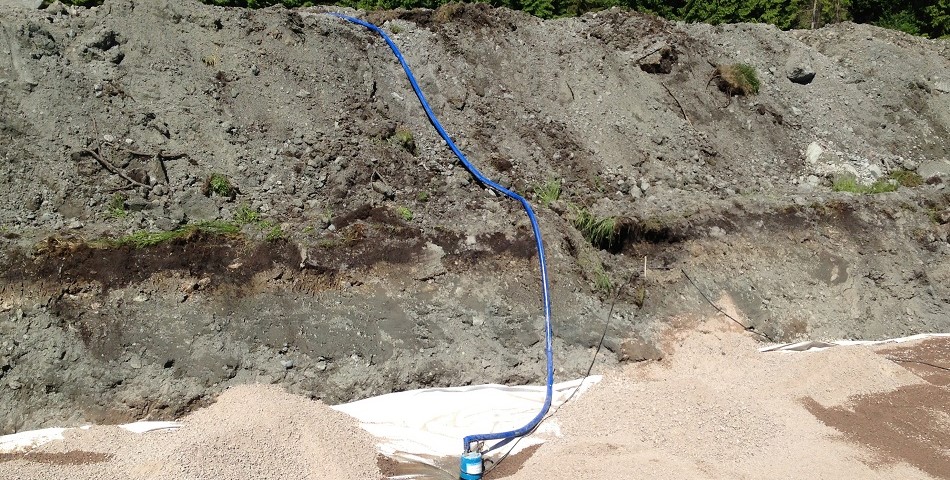
Related Articles




